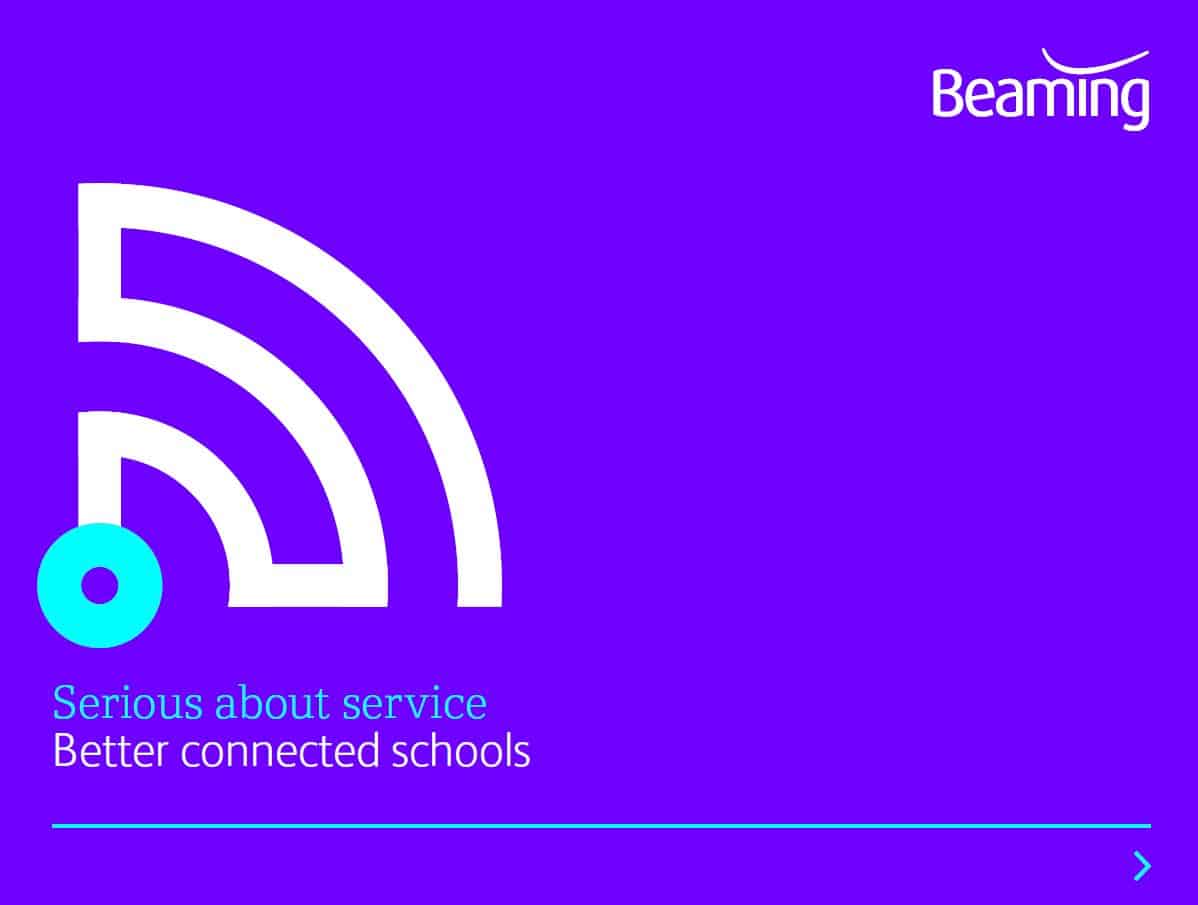Educational technology in better connected schools
UK schools spend almost £900 million a year on educational technology, including the kind of high-bandwidth, high-capacity fibre optic internet connections required to deliver fast and resilient connectivity to large groups of people.
Our research has revealed that more than 90 per cent of secondary schools with more than 50 pupils at key stage 4 level already use fibre ethernet connectivity, a high-capacity internet service that delivers data at the speed of light over fibre optic cables. But while this, on its own, might improve access to online resources, it doesn’t guarantee boosting attainment. Levels of uptake for fibre ethernet are as high amongst schools with the worst Progress 8 scores (which measure progress from Primary to GCSE level) as for the very best.
We have been talking to educational technology experts and some of the most progressive teachers in the UK to discover how better connectivity, education technology and online learning resources can be used to contribute most positively to education.



We found that good connectivity and technologies that rely on it have the potential to transform teaching and deliver significant additional benefits in the way that teachers interact with parents, run school clubs and manage administration.
Matthew Glotzbach, the CEO of Quizlet, Inc. tells us: “Technology is really a tool that teachers and schools can use to help with what they’re already doing, to help make that more efficient, more effective and more engaging.” Glotzbach left YouTube in 2016 to take charge at Quizlet, an online platform that provides flashcards, games and other learning tools to hundreds of thousands of teachers and millions of students worldwide. He has a pragmatic view on the role for technology in schools:
“The real challenge in education is engaging students, getting them interested, keeping them interested and helping them really get excited about what it is they’re trying to learn,” Glozbatch adds. “As the universe of knowledge that is accessible to us continues to grow, we need to teach students how to learn. It’s not about cramming them full of facts and figures. That’s where technology will play a meaningful role.”